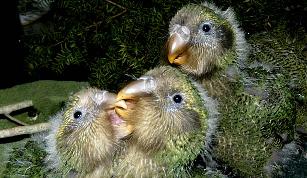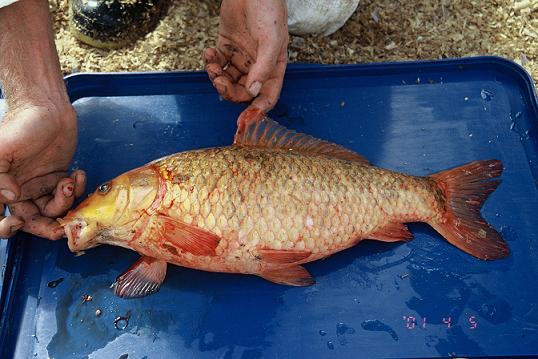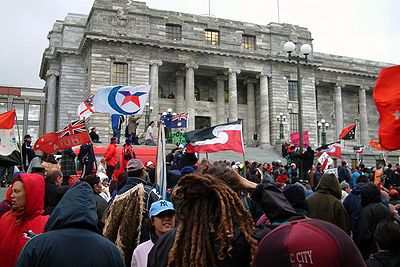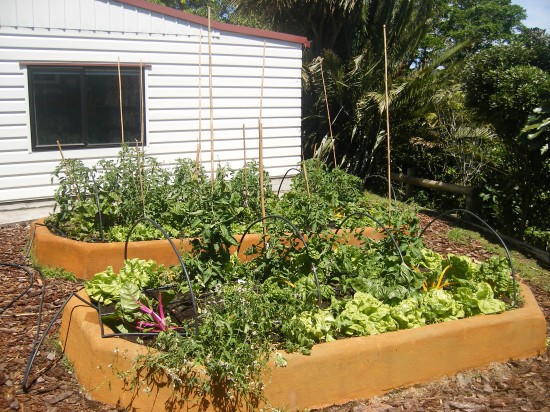In response to the announcement that the Foreshore and Seabed Act (2004) will be reviewed, a consultation hui has been organised in te Hiku o Te Ika. The hui sets out to explain the process for the review and to have korero before the public discussion process starts. Hosted by the Maori Party and Iwi/Hapu of Te Hiku:
10am
Monday 9th March 09
Kaitaia Community Centre
Some background to the review:
The terms of reference and members of the Government's ministerial panel to review the Foreshore and Seabed Act have been announced by Attorney-General Christopher Finlayson (4th March 2009).
A review of the Foreshore and Seabed act was provided for in the Confidence and Supply Agreement between the National government and the Maori Party.
The Attorney-General worked closely with members of the Maori Party in setting the terms of reference for the review.
The terms set out the scope, timing, and consultation requirements of the review.
The three-person Ministerial panel will be chaired by former High Court judge and Waitangi Tribunal chair Justice Edward Taihakurei Durie. The other members are barrister Richard Boast, an Associate Professor at Victoria University specialising in property law and Maori legal issues, and Hana O'Regan, an educationalist specialising in Maori culture and identity (see attached biographies).
"The panel will consider the state of the law around Maori customary interests in the foreshore and seabed prior to the Court of Appeal's 2003 decision in Attorney-General v Ngati Apa," said Mr Finlyson. "It will also look at the options that were open to the government in deciding how it chose to respond to the court's decision."
The review will look at whether the Foreshore and Seabed Act as it stands adequately balances Maori customary interests and the rights and interests of all New Zealanders in using the beach.
If the panel is not satisfied it does, it will outline options on the most workable and efficient methods by which both customary and public interests in the foreshore and seabed area could be recognised and provided for.
"The panel expects to hold public meetings and hui around the country over the April-May period, and will also hear evidence from prominent commentators on the Act," said Mr Finlayson.
"Significantly, the panel will reconsider the submissions that were made to Parliament when the original Act was being passed," said Mr Finlayson.
"It will report to me by 30 June 2009. The Government expects to make a decision on the future of the Act by the end of the year."
Mr Finlayson said in the event that the review resulted in the Foreshore and Seabed Act being repealed, the government was committed to protecting the public's use of beaches.
The government is committed to the deed of settlement the Crown entered into with nga hapu o Ngati Porou under the Act, Mr Finlayson said. Negotiations with other groups under the Act have been put on hold until the review is finished.
Foreshore and Seabed Act Review - FAQs
1. What is being reviewed?
The Foreshore and Seabed Act 2004 is being reviewed.
2. Why is the Foreshore and Seabed Act 2004 being reviewed?
The Government considers a review of the Foreshore and Seabed Act 2004 is important to:
• ascertain whether the Act adequately maintains and enhances mana whenua; and
• ensure both customary and public interest in the coastal marine area are recognised and provided for.
3. How did the review come about?
After the general election in November 2008, the National Party entered into a Relationship and Confidence and Supply Agreement with the Maori Party. In this agreement both parties agreed to initiate a review of the Act as a priority.
4. How were the parameters for the review set?
Ministers from both the National Party and Maori Party worked together to draft an agreed terms of reference for the review of the Foreshore and Seabed Act 2004. A copy of the terms of reference is available at the Ministry of Justice website.
5. What do you mean by "terms of reference"?
The Terms of Reference describe the purpose and scope of the review in order to guide the work of the Ministerial Review Panel. The terms set out the parameters around scope, timing, and consultation requirements of the review.
6. How will the review work?
The Attorney-General has decided to establish a Ministerial review panel to look into the Foreshore and Seabed Act 2004. Three people have been appointed to the panel. This panel will provide independent advice and options on the issues outlined in the terms of reference, in a report to the Attorney-General by 30 June 2009.
7. When was the Ministerial review panel established?
Cabinet approved membership of the Ministerial panel and the terms of reference in February.
8. Who is on the Ministerial review panel?
The Ministerial review panel consists of Justice Durie as the Chair and Richard Boast and Hana O'Regan as the members of the Panel. Biographies on the panel members are available on the Ministry of Justice website.
9. What powers does the Ministerial review panel have?
The Ministerial review panel does not have any statutory powers like a commission of inquiry. For example, the panel can not summon witnesses, demand production of evidence, cite for contempt and so forth. As such, the panel relies on the goodwill and co-operation of the public to attend and disclose information.
While the Panel will be providing the Government advice by way of a report, any policy decision with regards to the Act lies with the Government.
10. What will the Ministerial review panel provide advice on?
The Ministerial review panel is asked to provide independent advice on the terms of reference. Specifically they will report on:
a) the nature and extent of the mana whenua and public interests in the coastal marine area prior to the Court of Appeal decision in Attorney-General v NgÄti Apa
3 NZLR 643;
b) what options were available to the government to respond to the Court of Appeal's 2003 Attorney-General v Ngati Apa decision;
c) whether the Foreshore and Seabed Act effectively recognises and provides for customary or aboriginal title and public interests (including Maori, local government and business) in the coastal marine area and maintains and allows for the enhancement of mana whenua; and
d) if the Panel has reservations that the Foreshore and Seabed Act does not provide for the above, outline options on what could be the most workable and efficient methods by which both customary and public interests in the coastal marine area could be recognised and provided for; and in particular, how processes of recognising and providing for such interests could be streamlined.
11. Who is being consulted?
It is expected that the Ministerial review panel will consult with Maori groups, foreshore negotiating groups, key commentators on the Act, and the general public.
It will also consider submissions made to the Maori Affairs Select Committee in relation to the original Foreshore and Seabed Act.
12. What are the time frames?
Consultation, including hui, public meetings and oral submissions are expected to be held in April and May 2009. The Ministerial review panel will report to the Attorney-General by 30 June 2009.
13. How will I know when and where a hui and/or a public meeting is being held?
The Panel will make announcements about hui, public meetings and a submissions process in due course. This information will be available on the Ministry of Justice website.
14. What will happen once the Ministerial review panel has given its advice to the Attorney-General?
The Government will begin making policy decisions about the Foreshore and Seabed Act 2004 once it receives advice from the Ministerial review panel. This will be done by 31 December 2009.
15. What happens to agreements made under the Foreshore and Seabed Act 2004?
The Government is committed to honouring the agreement reached under the Foreshore and Seabed Act 2004 with nga hapu of Ngati Porou in the East Coast region.
16. What happens to negotiations that the Crown had been engaged in under the Foreshore and Seabed Act 2004?
The other foreshore and seabed negotiations are on hold until the review is completed. Groups that have been involved in negotiations with the Crown will have input into the review.
17. What happens if the Foreshore and Seabed Act 2004 is to be repealed?
In the event there is a repeal of the legislation, the Government will ensure that the interests and concerns of all New Zealanders are balanced in the costal marine area.







